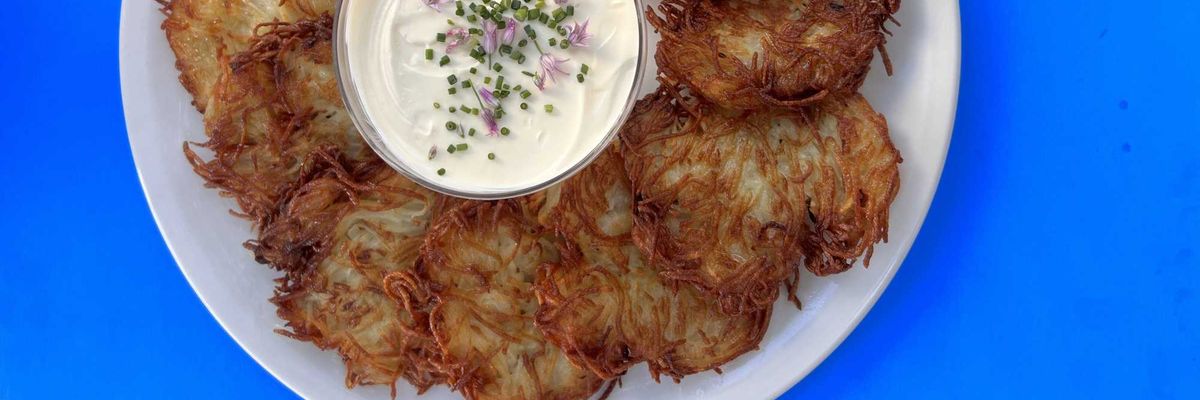POACHED: Chef Brandon Jew of Bar Agricole
“I’m a nut about eggs,” says Jew. “I haven’t let anyone else cook them for brunch at the restaurant yet.”
1. Jew starts with a wide shallow pot, filled halfway with water and seasoned with salt. When the water is hot enough that it almost comes to a boil (but doesn’t), he cracks an egg into a ramekin before dropping it ever so gently into the water.
2. When the egg white looks opaque, Jew pokes it with his finger to “make sure it’s still jiggly and squishy” and removes it with a slotted spoon that’s “smooth and gentle on the egg.”
3. Jew recommends poaching eggs ahead of time and keeping them on ice. For dinner, he likes to heat them up in kale soup made with bacon and served with a big piece of grilled toast and a shaving of pecorino.
OVER EASY: Chef Ravi Kapur of Prospect
“There’s never a guarantee with an egg,” says Kapur.” You have to approach it with humility.”
1. Kapur uses a cheap, six-inch non-stick sauté pan. “You’re going to scratch it,” he says, “So there’s no point spending a lot of money on one.” He places it over medium heat, coating it very lightly with clarified butter.
2. When the butter shimmers, he cracks two eggs into a bowl and slides them into the pan, frying them gently until the whites become opaque and the eggs “become one.” With a spatula, he lightly flips them and lets them cook for another split second.
3. At home, Kapur uses olive oil instead of butter and sears his over-easies on high heat. “I love getting that nice golden crust on one side of the egg,” he says. Kapur eats his egg with black beans or lentils and always with Sriracha hot sauce.
SCRAMBLED: Chef Laurent Katgely of Chez Spencer
“The idea behind this is that there’s no bite,” says Katgely. “It just melts in your mouth.”
1. In a bowl, Katgely whisks three eggs with a fork until well blended. Then he seasons them with salt and pepper.
2. Next he pours “just a touch”—about 2 tablespoons—of cream in a copper saucepan and turns the heat to high. When it reaches a boil, he pours in the eggs and starts stirring with a whisk. “This makes the texture even,” he says. “When they’re creamy, I’ll finish scrambling with a regular spatula and then take them out right away.”
3. This technique is called “oeufs brouillés” in France. At home, Katgely serves these eggs with a piece of toast made from day-old baguette, smeared with Dijon mustard.
*Videos produced by Jason Jurgens/Catapult Mediaworks. Shot by Leo Ronin



















